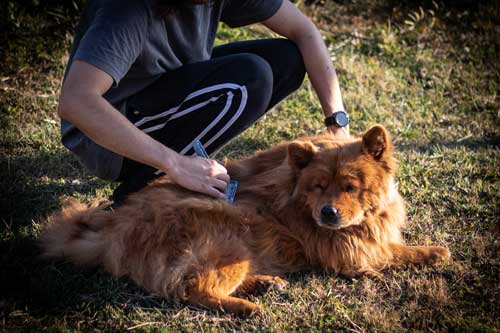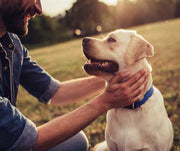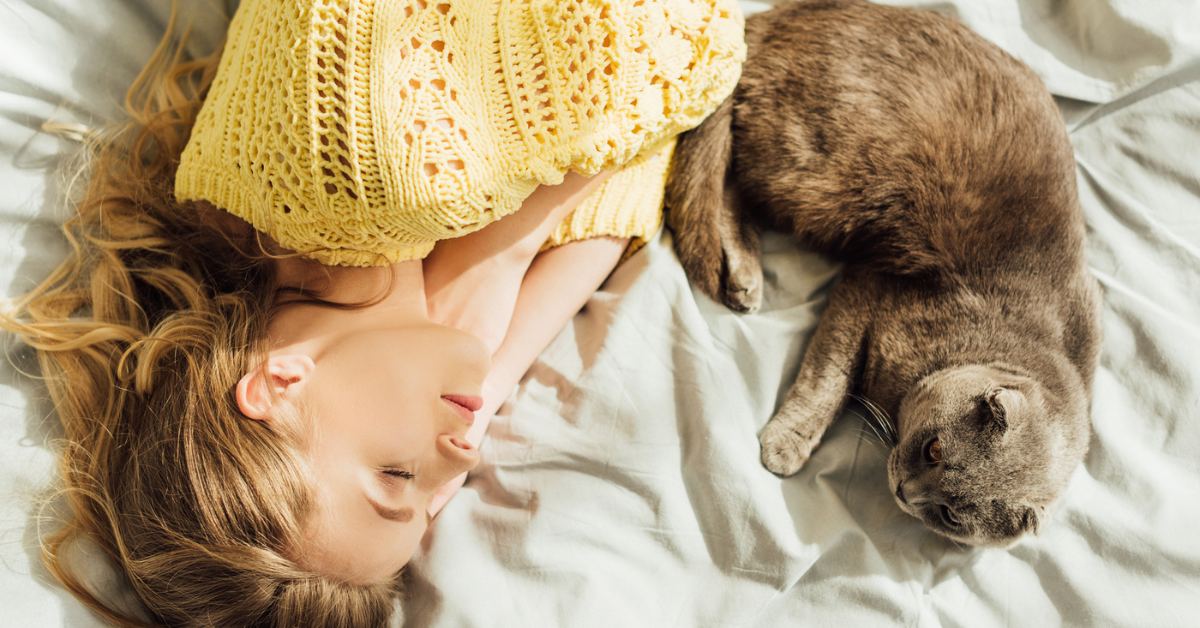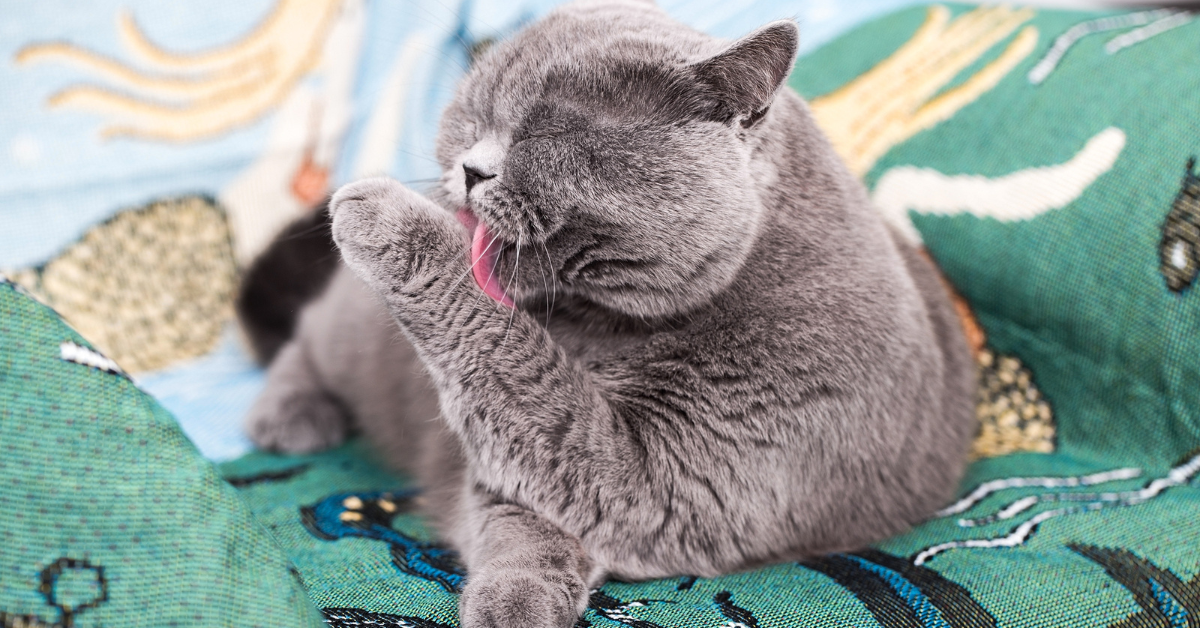How To Treat Matted Dog Fur

Dogs are usually furry, fluffy creatures, and it's all well and good until their hair starts to get tangled up and become very difficult to comb. While you may brush off matted fur as something merely aesthetic, there are some complications that can occur if left untreated.
For this feature, we will discuss how to treat matted dog fur and what you need to know before starting to treat it.
Let's begin!
MATTTED FUR: HOW DOES YOUR DOG GET IT?
While it may initially appear as a minor concern at first, matted fur can actually end up being a serious problem for dogs. Matting occurs when your dog's fur becomes tangled and wraps around itself. If these matted patches of fur are not brushed out or removed, they can tangle fur to the skin, which then can cause sores. When left untreated, these sores can become infected and spread to other parts of the body.
Mats also tend to form in areas where friction is always present. Some known areas are behind your dog's ears and the neck area where the collar sits. For long-haired dog breeds, matting can also be quite painful, especially when left untreated for prolonged periods of time.

By now, you're probably wondering how to avoid such a nuisance in the future.
We're glad you asked!
HOW TO PREVENT MATTING
Arguably the best way to prevent matting and the complications that come with it is to regularly groom and care for your dog's coat. It also helps to know how often you should be grooming your dog.
Ideally, it would be best if you brushed your dog's coat at least once a week. However, if you have a long-haired dog, we encourage you to brush your dog daily to prevent any sort of matting. It's also smart to brush your dog's coat after walks or outdoor adventures. You may also want to look for external elements such as seeds, leaves, or sticks that may have gotten caught in your dog's coat.
Most dogs will regularly groom themselves, but you should always expect to lend a helping hand. It's also important to remember that older dogs may be less likely to groom themselves as their energy dwindles as they get older. You may find that older dogs often need more grooming then they did as a puppy.
It also helps to brush the entire coat every time you groom your dog. Always remember to work methodically and brush one section of the coat at a time.

HOW TO TREAT MATTED FUR
When treating mats, it's always best to take a good look at the base and see how tightly the matted fur is stuck to the skin. If you see lines and patterns, you're going to want to break up the mats and brushes them out a little bit at a time.
For the brushing motion, you're going to want to brush it out in different directions for the mats to break up.
Additionally, you may also want to check areas especially prone to mats, such as behind the ears, under the armpit, the groin, and also the tummy area.
Groom these areas first if there are no knots, then divide the rest of the coat into sections and methodically work your way through.
If you do find knots, it helps to proceed with regular brushing before coming back to the knots. Getting rid of mats may require a little tugging, and this may be a bit startling to your dog. So remember to be gentle and take it slow.
If the knot is small enough, you should be able to gently pull it apart. Using the tip of a dog comb to do this usually helps release the matted fur. You can also use your fingers to gently pull the knot apart.
If this method does not work, try sliding the teeth of the comb near the outer edge of the knot and gently start combing it out. It helps to grip the knot while you do this to avoid excess tugging on your dog's skin.
For mild knots, place your hand between the dog and the affected area. Proceed with brushing lightly. Be sure only to hit the tip of the affected area. Once you see the matted area getting smaller, continue pulling from the side to work the mat from different directions.
THE WRAP UP
As pet parents, we are the ones responsible for making sure that our dogs receive all the tender loving care they deserve, which is why we hope that this feature helped you out in dealing with one of the most common grooming issues.
The tips mentioned above are only for mild cases and are simply home-remedy alternatives for treating your pet. If your dog is seriously matted, get the help of a professional groomer. Not only will they be able to treat matted fur, but they will also provide valuable tips on avoiding the situation in the future.
Previous article

Next article

Related posts
View all-

5 Simple Tips to Make Sure Your Cat Drinks Enough Water
Ensuring your cat stays hydrated is important, but it can be challenging since many cats don't drink enough water. Dehydration can lead to kidney disease and other health issues. Fortunately, you can encourage your cat to drink more with a few simple changes. Read Article -

How to Keep Your Cat Busy at Night (So You Can Sleep)
For many cat owners, the quest for a good night's sleep while keeping their feline friends content and engaged can seem like a never-ending battle. Cats, naturally more active at night or early in the morning, often disrupt your sleep schedules with nocturnal activity, whether through playful nature or seeking attention. Read Article -

Should You Bathe Your Cat? Everything You Need to Know About Cat Hygiene
When it comes to cat hygiene, a common question among cat owners is, "Should you bathe your cat?" Understanding how to care for felines, especially bathing cats properly, is crucial for maintaining their overall health. Most cats are fastidious groomers, but specific scenarios like long-haired cats getting dirty or skin irritations, might require a bath.
Read Article



